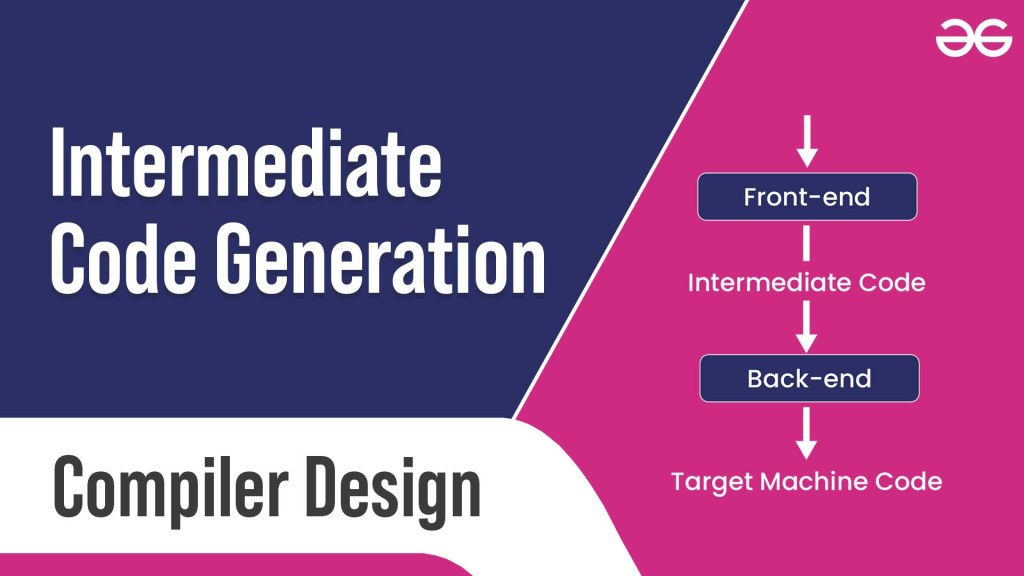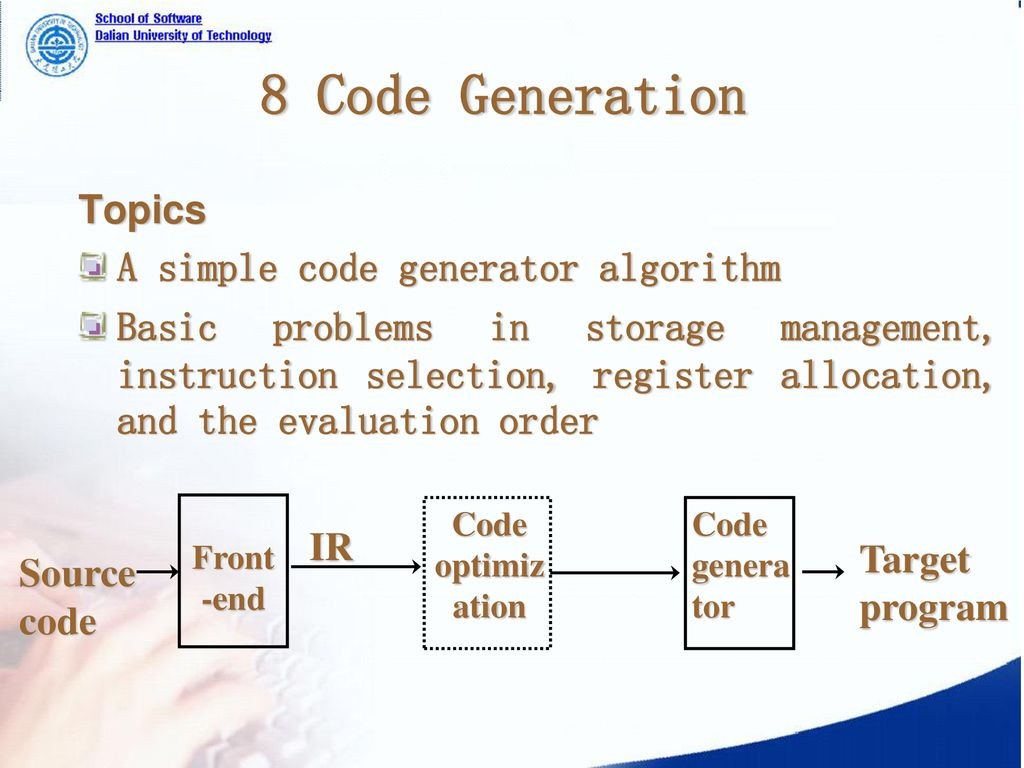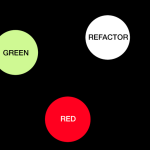Mastering Code Generation Techniques: Unlocking Efficiency And Productivity With Actionable Steps!
Code Generation Techniques: A Comprehensive Guide
Greeting, Readers! Today, we delve into the fascinating topic of code generation techniques. In the ever-evolving world of programming, these techniques have become invaluable tools for developers to streamline their workflows and increase productivity. In this article, we will explore the what, who, when, where, why, and how of code generation techniques. So, let’s dive in and explore this exciting field together!
What are Code Generation Techniques? 🤔
3 Picture Gallery: Mastering Code Generation Techniques: Unlocking Efficiency And Productivity With Actionable Steps!



Code generation techniques refer to the methods and processes used to automatically generate source code or other programming artifacts. These techniques leverage the power of automation to reduce the time and effort required to develop software applications. By automating repetitive tasks, developers can focus on higher-level aspects of their projects, resulting in increased efficiency and faster time-to-market.
Advantages of Code Generation Techniques ✅
1. Increased Productivity: Code generation techniques eliminate the need for manual coding, allowing developers to accomplish tasks more quickly.

Image Source: geeksforgeeks.org
2. Consistency: Automated code generation ensures consistent coding standards, reducing errors and enhancing the overall quality of the software.
3. Rapid Prototyping: Generating code automatically enables developers to quickly create prototypes and iterate on their designs, resulting in faster development cycles.

Image Source: slideplayer.com
4. Maintenance Ease: When changes or updates are required, code generation techniques simplify the process by automatically updating the relevant code sections, reducing the chances of introducing bugs.
5. Reusability: Generated code can be reused across multiple projects, saving development time and effort.
Disadvantages of Code Generation Techniques ❌
1. Learning Curve: Developers need to familiarize themselves with the code generation tools and techniques, which may require additional time and effort.

Image Source: ytimg.com
2. Limited Flexibility: Code generation techniques are most effective for repetitive tasks or well-defined patterns. They may not be suitable for complex or highly customized scenarios.
3. Debugging Challenges: Debugging generated code can be more challenging, as developers may have limited visibility into the internal workings of the generated code.
4. Tool Dependency: Code generation techniques rely on specific tools or frameworks, which may create dependencies and potential compatibility issues.
5. Code Bloat: Generated code can sometimes be verbose and contain unnecessary redundancies, resulting in larger codebases.
Who Uses Code Generation Techniques? 🤷
Code generation techniques are employed by a wide range of developers, including software engineers, application programmers, and system architects. These techniques are particularly valuable in industries where time-to-market is crucial, such as web development, mobile app development, and software product development.
When to Use Code Generation Techniques? ⌛
Code generation techniques can be utilized throughout the software development lifecycle. They are especially beneficial in the early stages of a project when rapid prototyping and iteration are key. Additionally, code generation techniques are often employed when working with repetitive tasks, such as generating boilerplate code or scaffolding.
Where Can Code Generation Techniques Be Applied? 🌍
Code generation techniques can be applied to various programming languages and frameworks. From backend development with languages like Java or Python to frontend development with JavaScript frameworks like React or Angular, code generation techniques find their place across different domains and technologies.
Why Use Code Generation Techniques? 🤔
By utilizing code generation techniques, developers can achieve higher levels of productivity, maintain code consistency, and reduce the chances of errors. These techniques empower developers to focus on solving complex problems instead of spending excessive time on routine coding tasks. Ultimately, code generation techniques contribute to faster development cycles, improved software quality, and increased customer satisfaction.
How to Implement Code Generation Techniques? 🛠️
Implementing code generation techniques involves utilizing specialized tools and frameworks designed for this purpose. These tools typically provide templates, code generators, and other automation capabilities. Additionally, developers can create custom code generators using languages or tools like Java, Python, or ANTLR (ANother Tool for Language Recognition).
Frequently Asked Questions (FAQs) ❓
1. Can code generation techniques replace manual coding altogether?
No, code generation techniques cannot replace manual coding completely. While they are powerful tools for automating repetitive tasks, manual coding is still required for complex or highly customized scenarios.
2. Are code generation techniques only suitable for large-scale projects?
No, code generation techniques can be beneficial for projects of any size. They can help streamline development processes and improve productivity, regardless of the project’s scale.
3. How can code generation techniques improve software quality?
Code generation techniques contribute to software quality by reducing the chances of human error, ensuring consistency in coding standards, and enabling faster bug fixes and updates.
4. Are there any security risks associated with code generation techniques?
While code generation techniques themselves do not pose inherent security risks, it is essential to ensure that the generated code follows secure coding practices and is regularly reviewed for vulnerabilities.
5. Can code generation techniques be used with version control systems?
Yes, code generation techniques can be used in conjunction with version control systems. Developers can track changes to both manually written code and generated code, ensuring proper versioning and collaboration.
Conclusion: Take Your Development to the Next Level ✨
In the fast-paced world of software development, code generation techniques offer a powerful solution for increasing productivity, maintaining consistency, and accelerating development cycles. By automating repetitive tasks and freeing up valuable time, developers can focus on solving complex problems and delivering high-quality software. Embrace the power of code generation techniques and elevate your development process to new heights!
Final Remarks 📝
Code generation techniques have revolutionized the way developers approach software development. However, it is crucial to use them judiciously and understand their limitations. As with any tool or technique, proper understanding and application are key to harnessing their full potential. So, keep exploring, experimenting, and pushing the boundaries of code generation techniques to unlock new possibilities in your programming journey.
This post topic: Programming

